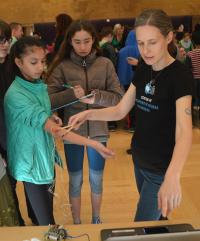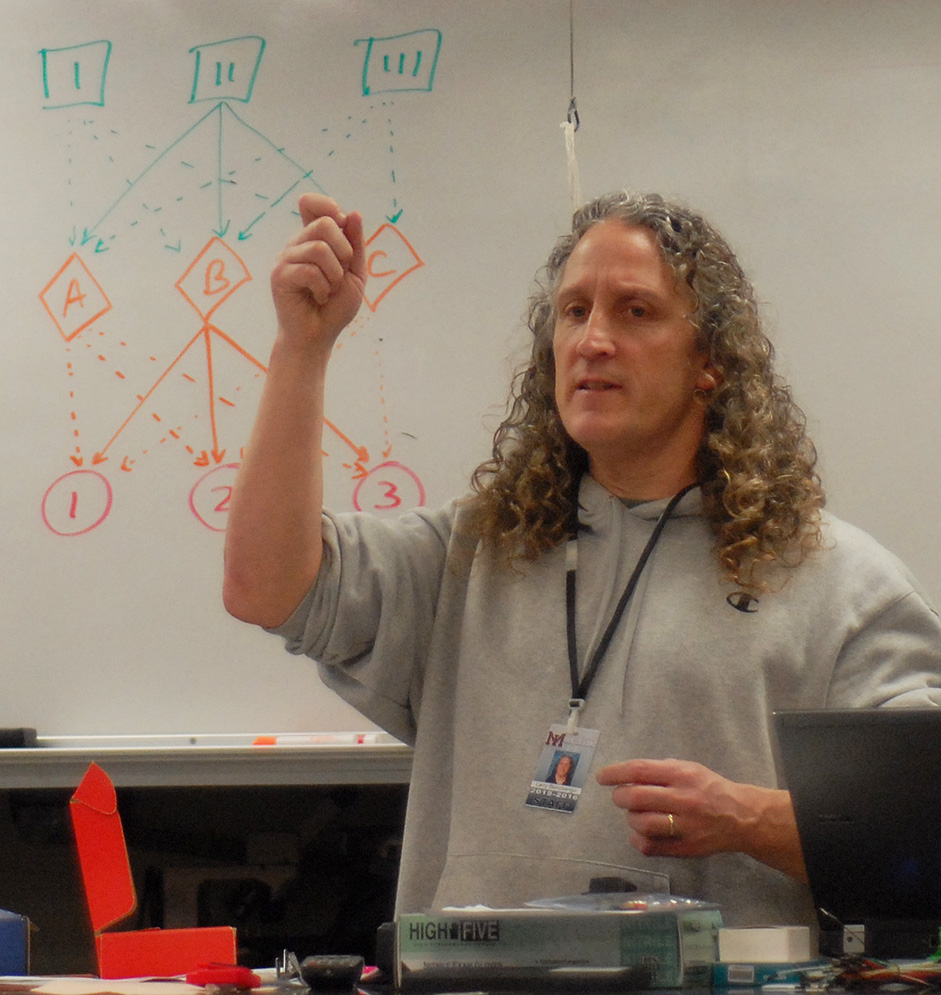Almost everyone knows someone who has experienced a form of brain-related injury or disorder. There are thousands of people every year who undergo neurosurgical procedures, and many face a lifetime of impairment with limited treatment options.
The CSNE and its industry affiliate, Microsoft, are working together to advance neurological treatments by tackling one of the greatest challenges in neuroscience today—how to accurately interpret brain signals. Using a multi-pronged approach, the CSNE and Microsoft are developing and evaluating cloud-based analysis of electrocorticographic (ECoG) signals from the surface of the brain, using machine learning to interpret data. Recent collaborations include:

 Approximately 800 local elementary and middle-school students attended the Brain Awareness Week Open House, which was held on March 17, 2016 and was supported by the Center for Sensorimotor Neural Engineering (CSNE), along with other sponsors. The event was held in the Husky Union Building, located on the University of Washington's Seattle Campus.
Approximately 800 local elementary and middle-school students attended the Brain Awareness Week Open House, which was held on March 17, 2016 and was supported by the Center for Sensorimotor Neural Engineering (CSNE), along with other sponsors. The event was held in the Husky Union Building, located on the University of Washington's Seattle Campus. This summer I had the privilege of participating in the 10-week CSNE Research Experience for Undergraduates (REU) program as a UW Fellow. I joined 10 other “REUs” from around the country and eight Seattle-area high school students who were participating in the CSNE’s Young Scholars Program. Like me, they were all excited about getting involved in neural engineering research.
This summer I had the privilege of participating in the 10-week CSNE Research Experience for Undergraduates (REU) program as a UW Fellow. I joined 10 other “REUs” from around the country and eight Seattle-area high school students who were participating in the CSNE’s Young Scholars Program. Like me, they were all excited about getting involved in neural engineering research. of neural engineering to their students.
of neural engineering to their students.